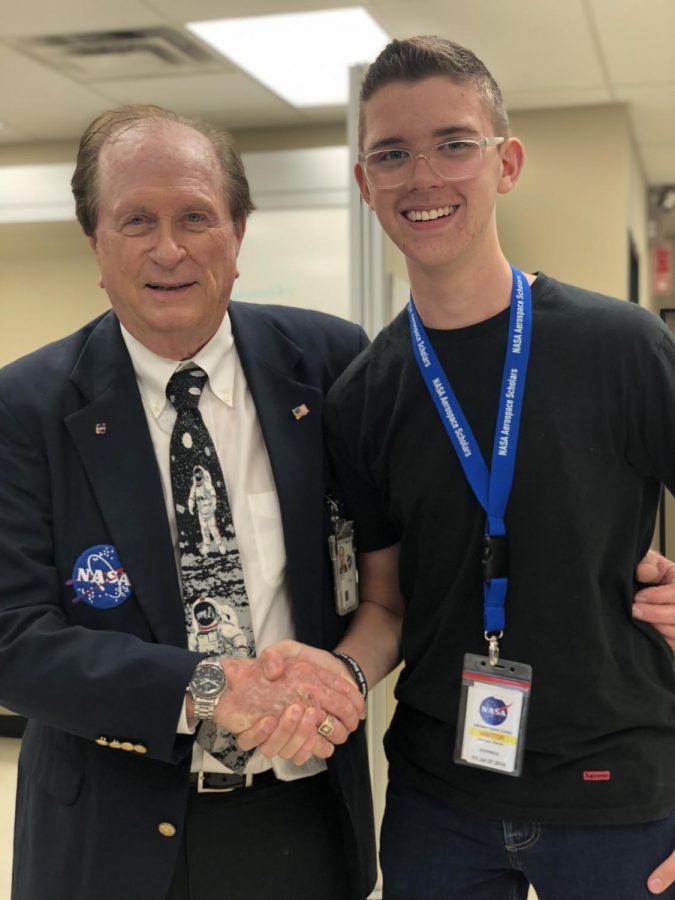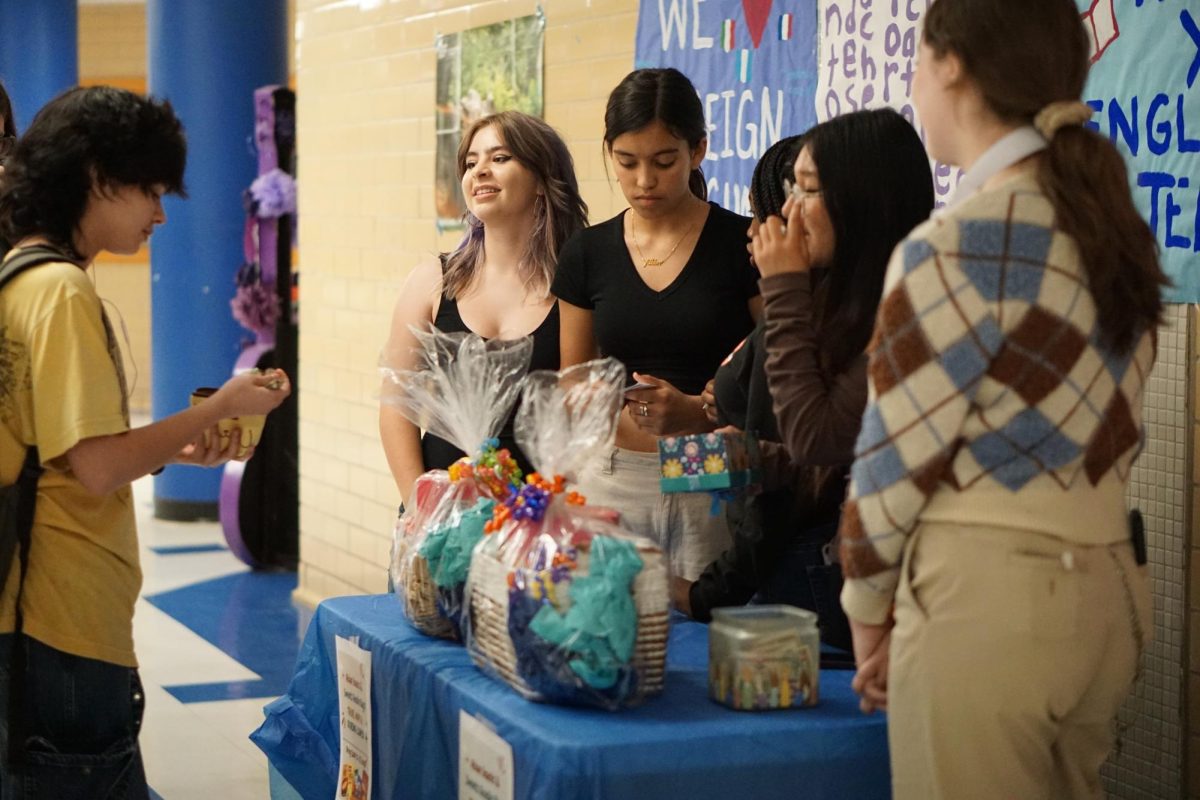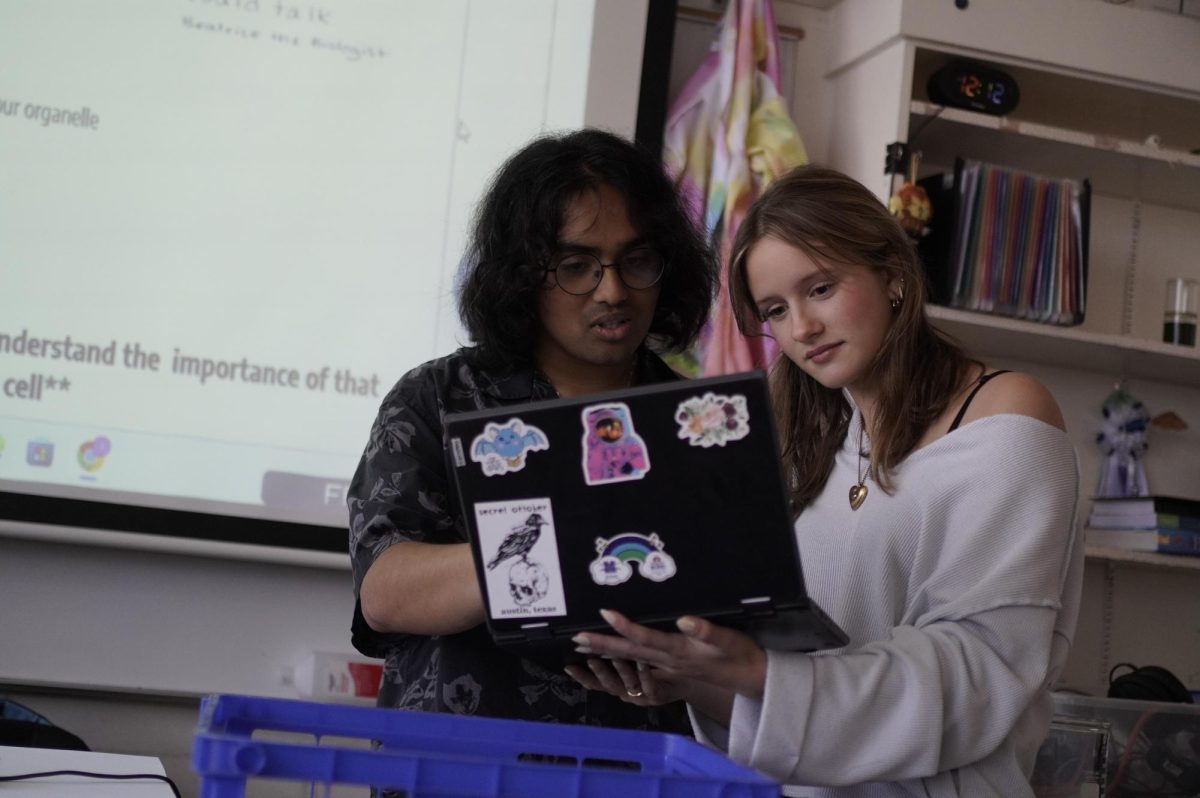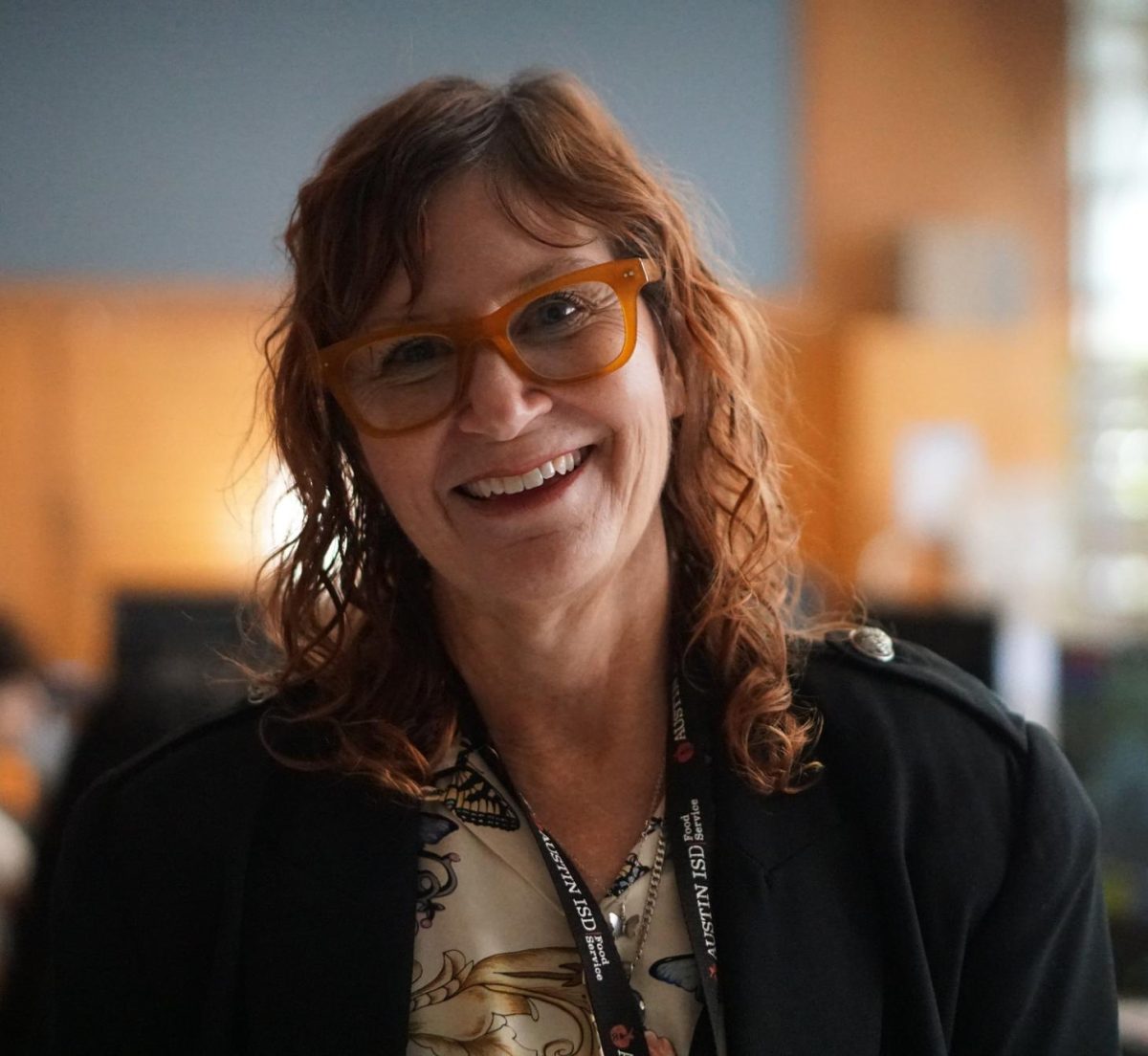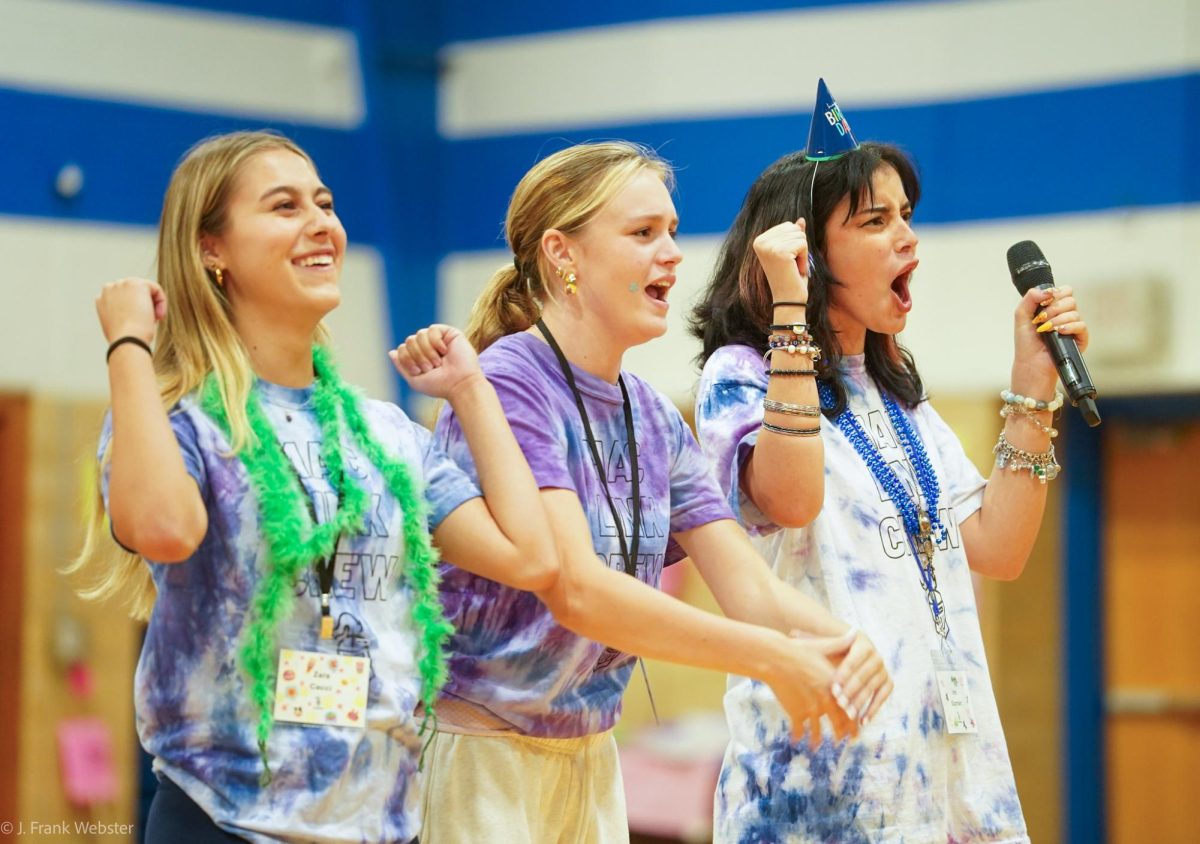This summer, senior Florian Krentzel participated in NASA’s High School Aerospace Scholars program, which allows students from across the country to learn about aerospace mechanics from NASA employees and at the organization’s facilities.
To be considered for the program, you must be a junior in high school, a citizen of the United States, and complete the online application and essay.
“I actually heard about it when my mom forwarded me one of Ms. Nitardy’s emails (that) was encouraging people at school to apply for it,” Krentzel said.
Florian’s mother, Elise Krentzel, has been a lifelong supporter of Florian’s passion for engineering.
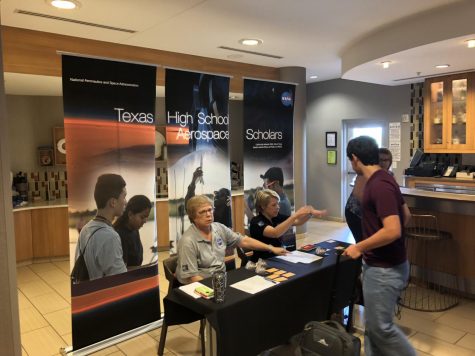
“He was always building with blocks,” she said. “He loved figuring out [the] placement of things. He was very creative.”
Even at a young age, Florian took an interest in the world around him and how it could improve.
“I kept a journal of inventions he made, or things he did not have an answer for,” Ms. Krentzel said, “like, ‘Why don’t we have a dog translator?’ He was already thinking of how to solve problems through technology.”
When Florian was accepted, Ms. Krentzel was extremely proud.
“I was jumping for joy,” she said. “I was so elated I actually jumped and screamed ‘Ah, I’m so happy for you!’ I hugged him, smothered him, and posted it all over social media.”
The program involves a one-year commitment to NASA, where the students complete a four-month long online course with weekly 20 question quizzes that they must pass with an 85 or above to continue on in the program. If they pass all of the quizzes and make it into the last few weeks of the course, the students begin online team-building exercises with their soon-to-be teammates, whom they will work with during the on-site visit to NASA’s Johnson Space Center.
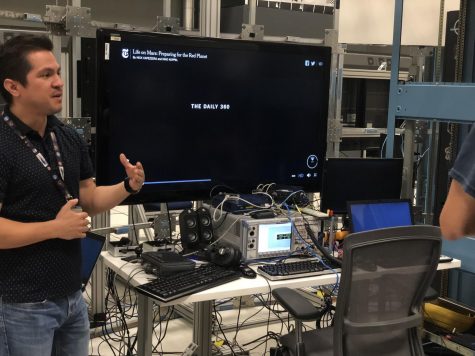
Students who advanced far enough to visit the space center were awarded with science credit, certification of completion and a tour of the NASA campus.
The purpose of the on-site visit was to have the students plan a space mission to Mars in teams. Alpha, Bravo, Charlie and Delta were the names of the teams that were each concerned with a different aspect of getting to Mars such as transportation, living, discovery and occupation. Krentzel was apart of the Delta group, which focused on their occupation on Mars. Krentzel’s group was to make a glove and a space helmet and EVA (extra vehicular activity) that would be suitable for use on Mars on a theoretical budget of $500 million. With that mission, they created a rover using the LEGO NXT system, which is primarily used in robotics leagues. The goal was to drop it off of two stories.
“We had to one, make it land straight,” Krentzel said. “And two, make sure it got to the marked area, and then measure the G force.”
G force is the measure of force of gravity on a particular extraterrestrial body. If the calculation of the rover hitting the ground deemed that the astronauts would be dead or injured, then the team would have money deducted from their budget. Once the project was completed, the team created a PowerPoint to present to a panel of NASA specialists.
The group ended up winning the overall team competition and earned special recognition from the staff. At the end of the mission, the groups were ranked on their planning.
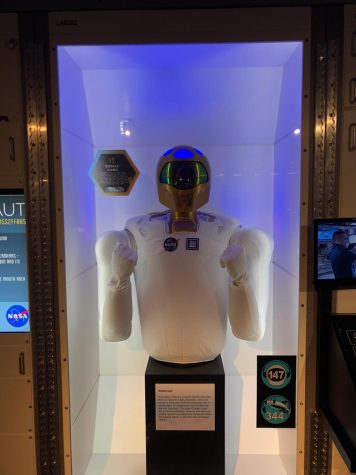
“We came first in rovers, second in rockets, first in landers, and second in the presentation,” Krentzel said. “It was pretty close up until the last day, but at the end of the week we ended up with a net profit of around $1.2 billion.”
Florian’s team started as strangers but ended as friends.
“It was kind of intimidating because they were so particular,” Krentzel said. “Everyone had the same sort of passion, and everyone worked so well together.”
If you are a student interested in learning more about or applying to the program, visit the NASA HSAS website.


